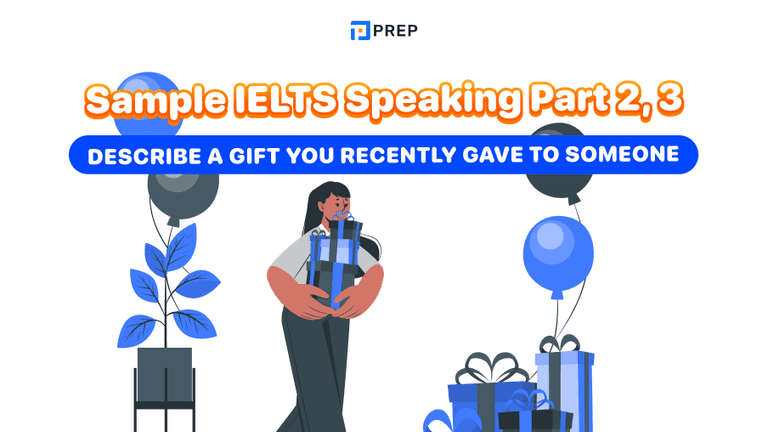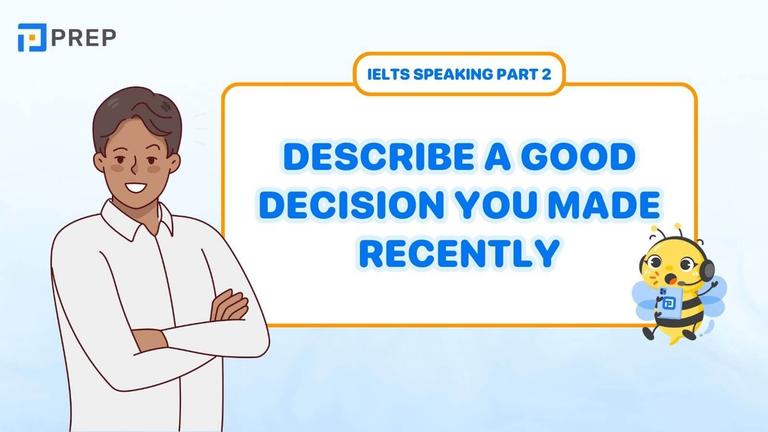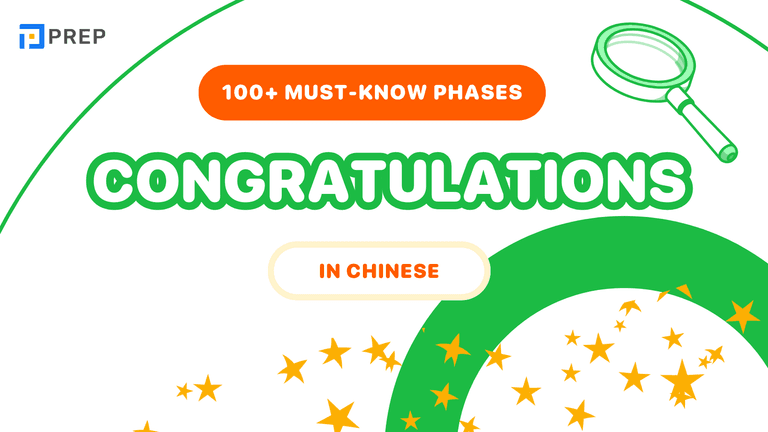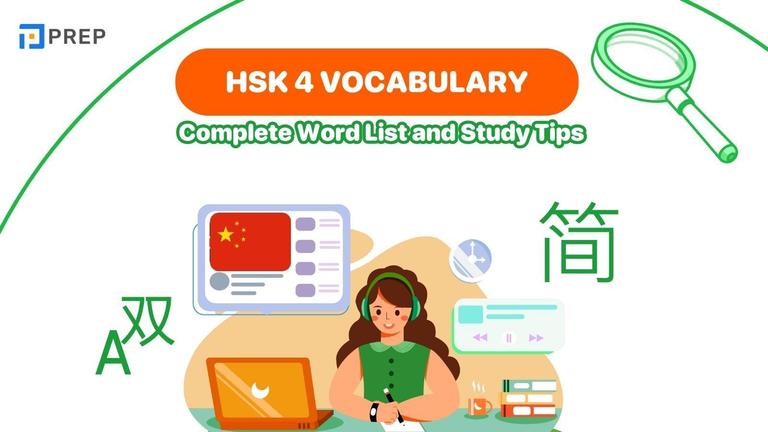Coordinating Conjunctions: The Complete Guide (FANBOYS & Rules)
Coordinating conjunctions serve as essential grammatical bridges that transform your ability to construct clear, sophisticated sentences in English. The FANBOYS framework—For, And, Nor, But, Or, Yet, So—provides seven powerful connectors that join equal elements while maintaining perfect grammatical balance. Whether you're crafting professional emails, academic papers, or creative content, mastering these fundamental tools enables you to express complex relationships between ideas with precision and clarity. This comprehensive guide reveals the mechanics of coordination, punctuation rules, and structural principles that elevate your writing from basic to advanced levels.
- I. What Exactly Are Coordinating Conjunctions
- II. Unveiling "FANBOYS": The Seven Essential Coordinating Conjunctions
- III. The Mechanics of Connection: How Coordinating Conjunctions Structure Sentences
- IV. Coordinating Conjunctions vs. Conjunctive Adverbs
- V. Comma Rules with Coordinating Conjunctions
- V. Conclusion
I. What Exactly Are Coordinating Conjunctions
A coordinating conjunction serves as a grammatical bridge that connects words, phrases, or independent clauses of equal importance within a sentence. These essential connectors establish logical relationships between similar grammatical elements, creating smooth transitions that enhance both clarity and flow in your writing.
The concept of coordination lies at the heart of these conjunctions—they join elements that carry equal grammatical weight, whether connecting two nouns like "cats and dogs," linking phrases such as "in the morning or in the evening," or combining complete thoughts into compound sentences. Unlike subordinating conjunctions that create hierarchical relationships, coordinating conjunctions maintain balance between the elements they connect.
Understanding coordinating conjunctions transforms your ability to construct sophisticated sentence patterns while maintaining readability. These fundamental building blocks allow writers to express complex ideas with precision, avoiding the choppy rhythm that results from using only simple sentences while preventing the confusion that often accompanies overly complex structures.
II. Unveiling "FANBOYS": The Seven Essential Coordinating Conjunctions
The acronym FANBOYS provides a memorable framework for identifying the seven coordinating conjunctions in English. This mnemonic device helps writers quickly recognize these crucial connectors and understand their specific functions in creating coherent, well-structured sentences.
|
Conjunction |
Meaning |
Example |
Usage Tip |
|
For (Reason) |
The sun was already shining, for it was the middle of summer. |
Indicates cause or explanation |
"For" sounds formal in modern English; "because" is more common |
|
And (Addition) |
She finished the project on time and on budget. |
Adds information or combines elements |
Most frequently used coordinating conjunction |
|
Nor (Negative addition) |
The shop assistant did not give a refund, nor would he exchange the item. |
Continues a negative thought |
Requires parallel negative structure in both clauses |
|
But (Contrast) |
The teacher was strict but fair. |
Shows opposition or contradiction |
Creates immediate contrast between ideas |
|
Or (Choice/alternative) |
You can take the exam this semester or next semester. |
Presents options or alternatives |
Can indicate inclusive or exclusive choices |
|
Yet (Contrast) |
The teacher was strict yet fair. |
Expresses unexpected contrast |
More formal than "but"; suggests surprise |
|
So (Result) |
I failed the exam, so I'll have to take it next semester. |
Shows consequence or result |
Links cause directly to effect |
Each coordinating conjunction carries a distinct meaning that shapes the relationship between connected elements. Understanding these nuances enables you to choose the most precise connector for your intended message, whether you're explaining causation with "for," adding information with "and," or contrasting ideas with "but" or "yet."
III. The Mechanics of Connection: How Coordinating Conjunctions Structure Sentences
1. Joining Individual Words and Linking Phrases: Maintaining Parallel Structure
Coordinating conjunctions excel at connecting individual words and phrases while maintaining grammatical balance through parallel structure. This fundamental principle requires that connected elements share the same grammatical form—nouns with nouns, verbs with verbs, adjectives with adjectives, and phrases with phrases of similar construction.
When connecting single words, coordinating conjunctions create natural flow without requiring additional punctuation. Examples demonstrate this seamless connection:
-
Adjective pairs: "hot and cold," "bright yet dim," "fast or slow"
-
Verb combinations: "run and jump," "think but hesitate," "study or relax"
-
Adverb pairings: "quickly yet carefully," "loudly and clearly," "early or late"
This parallelism extends beyond individual words to encompass phrases of similar construction. Writers create balance through consistent phrase types, such as prepositional phrases ("in the morning and in the evening") or infinitive phrases ("to study hard and to succeed completely").
Common Parallel Structure Errors and Solutions
Maintaining parallel structure becomes crucial when connecting longer phrases or multiple elements. Consider these examples:
|
Incorrect (Non-Parallel) |
Corrected (Parallel) |
Explanation |
|
She enjoys reading books, writing stories, and to paint landscapes |
She enjoys reading books, writing stories, and painting landscapes |
Maintains gerund phrase consistency |
|
The project requires planning carefully and to execute precisely |
The project requires planning carefully and executing precisely |
Uses parallel gerund forms |
|
He was tired, hungry, and felt frustrated |
He was tired, hungry, and frustrated |
Maintains adjective structure |
2. Building Compound Sentences: The Power of Joining Independent Clauses
Independent clauses contain complete thoughts with both subject and verb, forming the foundation of compound sentences when connected by coordinating conjunctions. This structure allows writers to combine related ideas of equal importance, creating more sophisticated sentence patterns than simple sentences while avoiding the complexity of subordinate clauses.
The compound sentence structure follows a specific pattern that creates clear, balanced communication:
Formula: Independent Clause + Comma + Coordinating Conjunction + Independent Clause
Example Analysis: "The storm approached rapidly, and the residents prepared for evacuation"
-
First clause: "The storm approached rapidly" (complete thought)
-
Conjunction: "and" (shows addition/sequence)
-
Second clause: "the residents prepared for evacuation" (complete thought)
This construction combines two complete thoughts that could function as separate sentences, with the coordinating conjunction indicating the specific relationship between the ideas.
IV. Coordinating Conjunctions vs. Conjunctive Adverbs
Understanding the distinction between coordinating conjunctions and conjunctive adverbs prevents common punctuation errors and enhances sentence variety. While both connect ideas between clauses, they function differently grammatically and require distinct punctuation patterns.
|
Feature |
Coordinating Conjunctions (FANBOYS) |
Conjunctive Adverbs |
|
Primary Function |
Join grammatically equal words, phrases, or independent clauses |
Show logical relationships between independent clauses while modifying one clause |
|
Grammatical Category |
Conjunctions that create structural connections |
Adverbs that provide transitional meaning |
|
Punctuation (Independent Clauses) |
Comma + Conjunction (She studied hard, and she passed) |
Semicolon + Adverb, Comma (She studied hard; therefore, she passed) |
|
Position Flexibility |
Fixed between connected elements |
Can appear at beginning, middle, or end of clause |
|
Examples |
For, And, Nor, But, Or, Yet, So |
However, Therefore, Moreover, Consequently, Nevertheless |
|
Sentence Structure Effect |
Creates single compound sentence with two main clauses |
Maintains separate clauses linked by logical transition |
The practical difference between these connector types lies primarily in punctuation requirements when joining independent clauses. Using a conjunctive adverb with only comma punctuation creates comma splices—a serious grammatical error that confuses readers and disrupts sentence flow.
Recognizing this distinction empowers writers to vary sentence structures effectively while maintaining grammatical accuracy. A coordinating conjunction creates one compound sentence, while a conjunctive adverb maintains two separate sentences connected by logical transition, offering different rhythmic and emphatic effects in your writing.
V. Comma Rules with Coordinating Conjunctions
1. The Cardinal Rule: Using a Comma Before a Coordinating Conjunction Joining Two Independent Clauses
The most important comma rule with coordinating conjunctions requires placing a comma immediately before the conjunction when it connects two independent clauses. This comma serves as a crucial signal that helps readers process the transition from one complete thought to another, preventing misreading and maintaining clarity in compound sentence structures.
Correct vs. Incorrect Usage Examples
|
Status |
Example |
Analysis |
|
Correct |
The presentation concluded successfully, and the audience responded with enthusiastic applause. |
Comma separates two complete thoughts |
|
Correct |
The weather forecast predicted rain, but the outdoor event proceeded as scheduled. |
Clear transition between contrasting ideas |
|
Incorrect |
The presentation concluded successfully and the audience responded with enthusiastic applause. |
Missing comma creates run-on sentence |
2. When to Omit the Comma: Connecting Words, Phrases, or Non-Independent Elements
Coordinating conjunctions connecting elements other than independent clauses typically do not require commas, maintaining smooth flow without unnecessary punctuation breaks. This applies when joining two words, two phrases that aren't independent clauses, or when the element following the conjunction lacks the subject-verb combination necessary for independent clause status.
Connecting Two Words Only:
-
"coffee or tea"
-
"hot and cold"
-
"quickly yet carefully"
Joining Two Phrases (Non-Independent):
-
"in the morning and in the evening"
-
"around the corner or down the street"
-
"with great enthusiasm but without much experience"
Dependent Elements:
-
"She studied hard and passed the exam" (second part lacks subject)
-
"The team worked efficiently and effectively" (adverbs modifying same verb)
The crucial test involves determining whether the element after the coordinating conjunction could stand alone as a complete sentence. Apply this simple check:
-
Does the second element have both a subject and verb?
-
Could it function as a complete sentence on its own?
-
Does it express a complete thought?
If you answer "no" to any of these questions, omit the comma before the coordinating conjunction.
3. The Serial Comma (Oxford Comma): Usage and Importance in Lists
The serial comma, also known as the Oxford comma, appears before the coordinating conjunction in lists containing three or more items. This comma prevents ambiguity by clearly separating the final item from the conjunction, ensuring readers understand the list structure correctly.
The Ambiguity Problem:
-
Without Serial Comma (Ambiguous): "I would like to thank my parents, Mother Teresa and the Pope." Interpretation: The speaker's parents ARE Mother Teresa and the Pope
-
With Serial Comma (Clear): "I would like to thank my parents, Mother Teresa, and the Pope." Interpretation: Four separate entities being thanked
Different publications follow distinct approaches to serial comma usage:
|
Style Guide |
Serial Comma Rule |
Application |
|
Associated Press (AP) |
Omit unless necessary for clarity |
Journalism, news writing |
|
Chicago Manual of Style |
Always include for consistency |
Academic, book publishing |
|
Modern Language Association (MLA) |
Include for clarity and precision |
Academic research papers |
While style guides differ on serial comma usage, choosing one approach and maintaining consistency throughout your writing prevents confusion. When in doubt, including the serial comma enhances clarity without creating problems, making it the safer choice for most writers.
*Pro Tip: Consider your audience and context—academic and formal writing typically benefits from consistent serial comma usage, while journalistic writing may follow AP style conventions.
V. Conclusion
Mastering the FANBOYS framework—For, And, Nor, But, Or, Yet, So—transforms your ability to create clear, sophisticated sentences. These coordinating conjunctions provide the foundation for expressing complex relationships between ideas while maintaining grammatical precision.
Effective coordination requires understanding both mechanical rules and logical relationships. Remember to place commas before coordinating conjunctions joining independent clauses, and distinguish them from conjunctive adverbs for varied sentence structures.
With consistent practice, coordinating conjunctions become natural tools for enhancing clarity and sophistication across all writing contexts.

Hi I'm Chloe, and I am currently serving as an Product Content Administrator at Prep Education. With over five years of experience in independent online IELTS study and exam preparation, I am confident in my ability to support learners in achieving their highest possible scores.
Comment
Premium content
View allPersonalized roadmap
Most read












